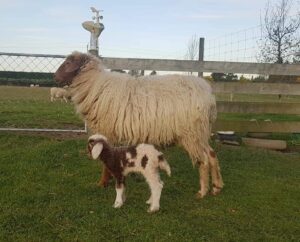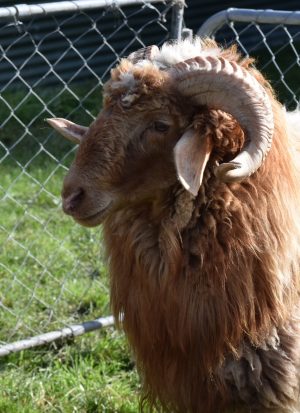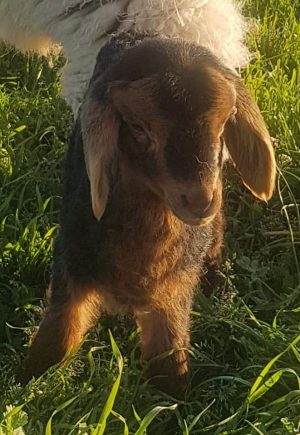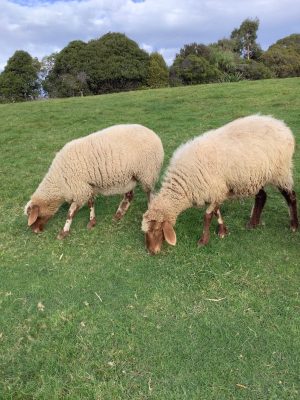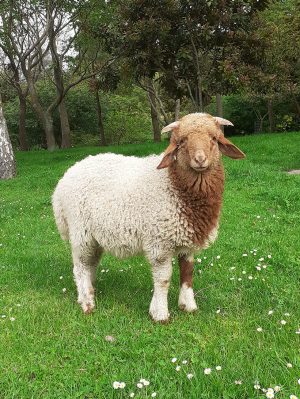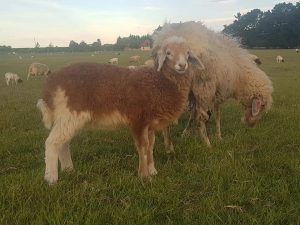Awassi Breed Standards
Origin & History
The Awassi is the most numerous and widespread breed of sheep in south-west Asia. It is the dominant type in Iraq, the most important sheep in the Syrian Arab Republic and the only indigenous breed of sheep in Lebanon, Jordan and Israel. In the north of the Kingdom of Saudi Arabia, it is bred under desert conditions.
The name of the Awassi is attributed to the El Awas tribe between the Tigris and Euphrates rivers.
Fat-tailed sheep have been bred in the breeding area of the Awassi for at least 5,000 years.
Breed Characteristics
A large fat tailed breed, robust and vigorous sheep with long pendulous ears, Roman nose, double coats and horned rams. Uses, primarily a milking sheep but also used extensively for meat and wool. Ewes have long lactation periods and the breed has a calm temperament conducive to easy handling.
Head and Neck
Long neck, pendulous ears, Roman nose (most prominent in rams). Head long and narrow with a convex profile.
Horns
Ewes are generally polled. Rams are generally horned which are strongly wrinkled, curve backwards with the tips directed outwards.
Barrel
Deep and wide with a long and straight back. The anterior of the rump should be broad. The rump should be short with a slope to the fat tail.
Chest and Shoulders
Long with moderate depth and should posses a prominent brisket.
Legs
Medium length and thickness well placed with strong pasterns and durable hooves.
Tail
Fat tail, which is broad and relatively short ending above the hocks. The tail acts as an energy source with fat deposits used in times of nutritional or physiological stress.
Weight
Ewes – range at maturity from 60-70kg
Rams – at maturity up to 100kg
Reproductive Organs
Rams testicles of equal size and not too small and no split scrotum.
Ewes udder well attached, moderate depth, globular shape and wide between the legs.
Wool
Double coated fleece containing a high proportion of medulatted fibres – hair, wool and kemp. The highest proportion being wool which is suited to the speciality carpet and wool industry.
Colour
Brown and white head with brown ears, legs and neck. Occasionally a black and white head with black ears, legs and neck. Body generally white.
Reasons for Exclusion
Jaws undershot or overshot
Single testicle
Pendulous udders
Weak joints and pasterns

